All about fertilizer potassium chloride
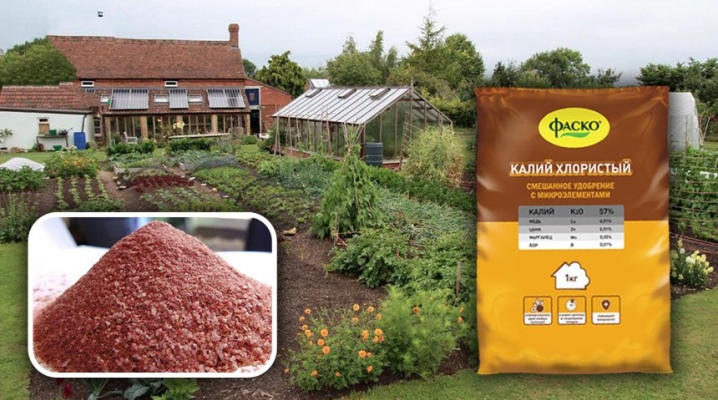
Many gardeners and gardeners, when working on their plots, resort to the use of suitable fertilizers. Today in stores you can find various types of feeding. In this article, we will take a closer look at potassium chloride and figure out how to use it correctly.
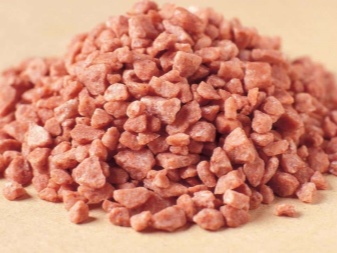
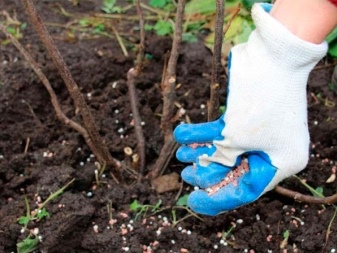
What it is?
Potassium chloride is a special potash fertilizer... It contains large amounts of potassium. This effective tool is very often used in various agricultural techniques in order to successfully replenish stocks of the necessary nutrients, as well as to normalize the development of planted plants.
Potassium chloride is allowed to be used both as an independent agent and combined with phosphorus and nitrogen fertilizers.
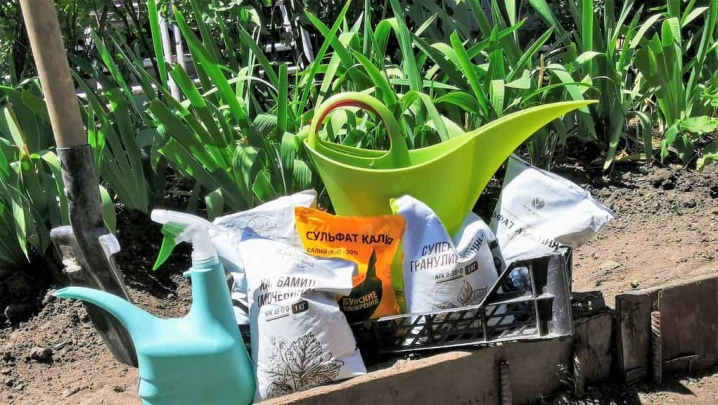
Composition and properties
Before you start using this type of fertilizer, it is worth understanding what is included in its composition and what properties it possesses.
Potassium chloride contains potassium in the amount of 52-99%... The rest of the composition is reserved for various additional elements. The fertilizer is made in granular form. Their color can be pink, gray, white or brown.
The product in question is obtained due to the reaction of hydrochloric acid and potassium hydroxide in laboratory conditions.... Potassium, made in the form of granules, is obtained as a result of correct pressing. It may differ from the ground version in that the grains acquire beveled edges.
Granulate is considered to be of better quality for feeding, therefore it costs more.
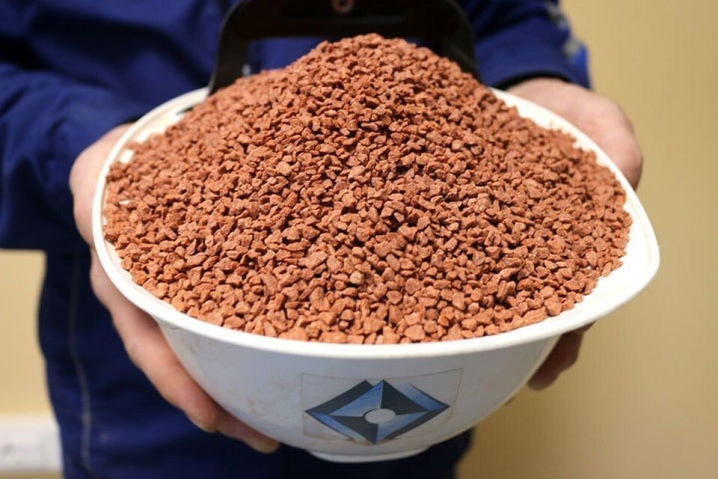
Potassium chloride is effective. It has many properties that summer residents are looking for in good fertilizer.
- Thanks to the introduction of this effective agent, the immunity of plants is increased. It is an excellent formulation for the prevention of many serious diseases and pests.
- Due to the use of potassium chloride, the cold resistance of perennial crops increases.
- With the correct use of the fertilizer in question, it will be possible to achieve effective strengthening of the root systems of the plants planted on the site.
- Potassium chloride accelerates the growth and development of fresh shoots.
- The likelihood of plant dehydration is minimized.
- The quality of the fruit increases markedly. They grow large, tasty and have a beautiful color.
- The shelf life of both vegetables and berries is increased.
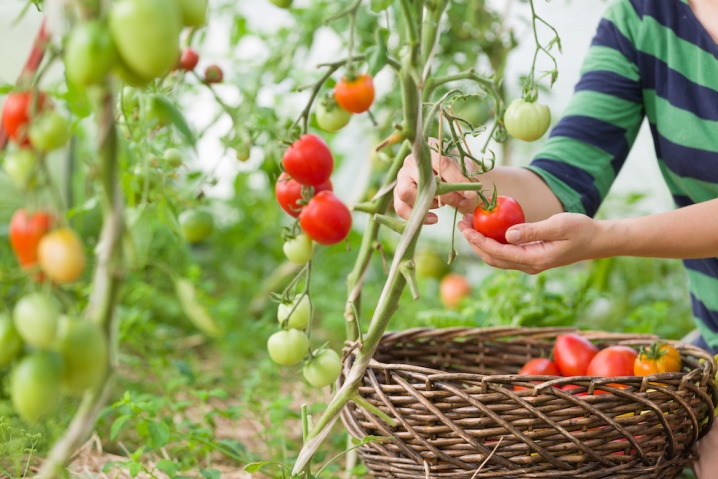
Potash type fertilizers are appropriate for adding on land of any type. They can be used even on fertile lands. When using potassium chloride, be sure to adhere to correct dosages its introduction. Despite the mass of useful properties that such a top dressing has, nWhen in excess, it can reduce soil fertility. This is due to the fact that the formula and composition of the product provide for the presence of sodium impurities, a high chlorine content.
The latter is capable of negatively affecting the vegetation process of plants.

Signs of lack and overabundance
Every summer resident should know that a lack of the necessary substance can negatively affect the condition of the soil. Potassium deficiencies are often found in depleted and impoverished lands. Sandstones, sandy stones, peat areas are susceptible to this problem. Not a lack of potassium may indicate the following symptoms:
- the formed leaf plates of plants acquire a brown-bluish color that is not typical for them;
- yellowness may form on the edges of the foliage, gradually becoming brown;
- specks of a brown or dark brown hue appear on old leaves of plants;
- sheet plates change, undergo deformation, in many cases twist, and often die off altogether;
- the stems of plants become thinner, they can adhere to the ground, and during the growing season they do not become dense again;
- there is a delay in the formation of ovaries and buds, flowering is also delayed.
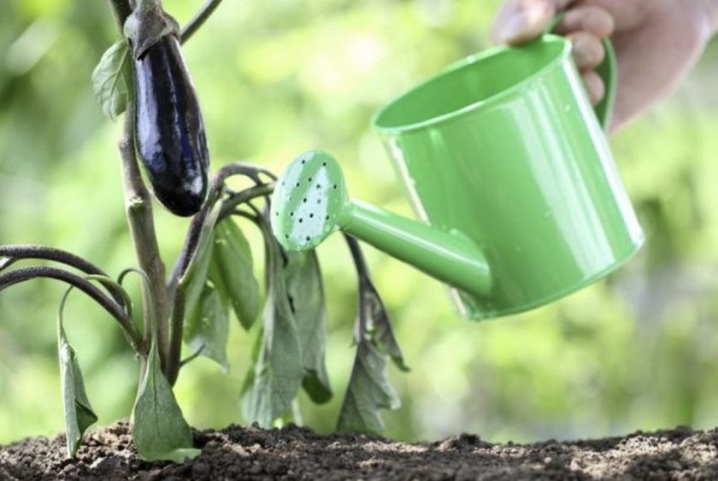
There should not be too much potassium in the soil in the area. If there is an overabundance of this element, this can adversely affect the growth and development of planted crops. This is due to the fact that potassium chloride interferes with the assimilation of zinc, boron, nitrogen, magnesium, calcium and other essential elements by the plant. As a result, the planting ceases to develop normally, does not increase the vegetative mass.
An excessively saturated dark green color can acquire old leaf plates, and the young ones stop their growth and soon die off. The tips of the rhizomes also gradually die off.
For this reason, oversaturation with potassium can provoke the death of crops on the site.
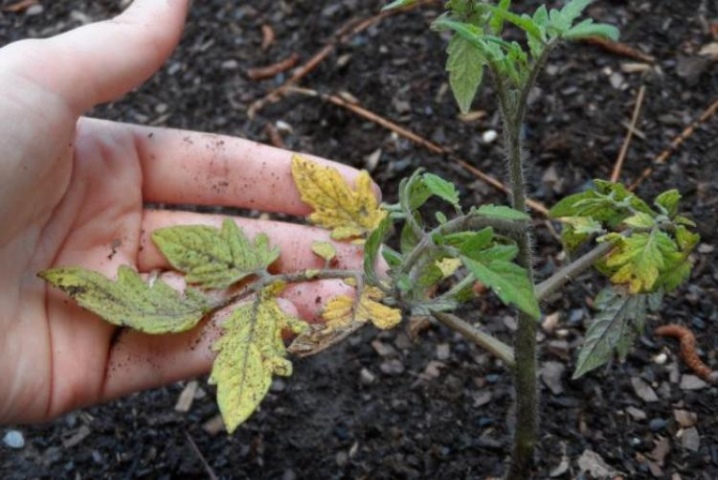
Instructions for use
It is necessary to apply fertilizer in the form of potassium chloride on the site carefully and carefully. Let's consider in detail how to do it correctly and what to look for.
Dosage
The gardener should use the correct and appropriate doses of the considered top dressing in order to benefit the plants, not harm. Let's consider some of the approximate application rates of the drug in question using the example of a number of vegetables and fruits.
- Potato... Potatoes need potassium, but it is sensitive to chlorine, therefore, the composition in question is allowed to be added during digging before the winter season in late autumn (10 grams per 1 sq. M.).
- Tomatoes... They belong to chlorine, like potatoes, so it is recommended to fertilize them in the same way.
- Zucchini, squash, cucumbers... In relation to these plantings, it is desirable to carry out a "test" feeding. To do this, under some bushes, you can add 0.5 g of the base composition. After evaluating the appearance of the cultures after a few days, it will be possible to decide if it makes sense to use potassium chloride in the future. In the situation of the greenhouse cultivation method, this component must be introduced 2 times during the growing season, and in the open field - 3-4 times per season.
- Cabbage, carrots, beets, berries... These crops require potassium chloride in the amount of 20-40 g per 1 sq. M.
- Apple trees, fruit crops. Under one mature and fruiting tree, about 150 g of the substance is usually applied. In conditions of light soil, the dosage is allowed to be increased by 30 g, for chernozems - to be reduced by the same amount.
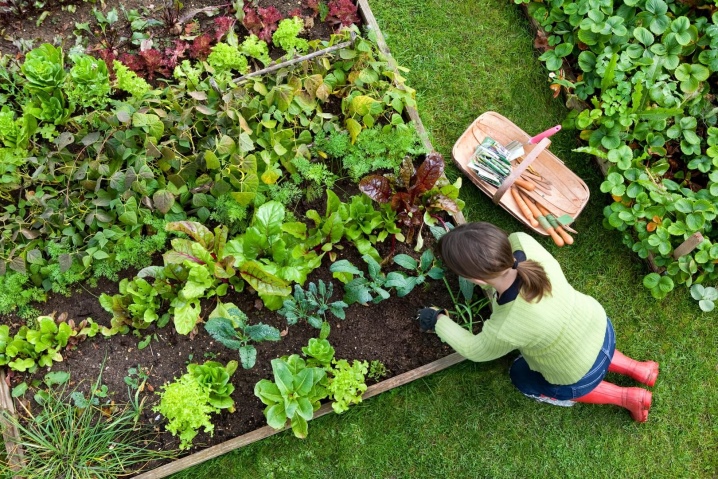
For certain crops, for example, grapes, fertilization with the considered drug is not allowed, because it is too sensitive to such an element as chlorine.
To saturate it with valuable mineral elements, it is worth choosing other suitable compositions... Potassium sulfate is suitable for this.
So that the fertilizer composition reaches the root system of the plants as soon as possible, it is recommended to bring the drug in a liquid state... The basic product is prepared in an elementary way: 30 g of the drug itself must be dissolved in 10 liters of water.
When using potassium chloride, it is necessary to take into account a number of features of its combination with other components:
- it cannot be combined with lime-type additives at the same time;
- can be combined with diammophos, ammophos, ammonium sulfate, organic compounds (poultry droppings, manure);
- if you plan to add potassium chloride simultaneously with nitrate, superphosphates and urea, then they must be mixed right before adding.
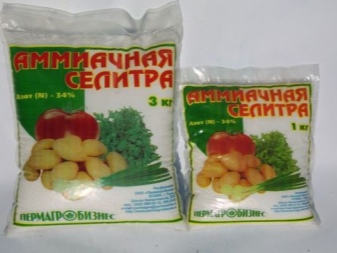
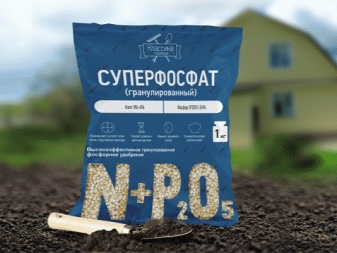
Terms of introduction
It is important to keep the correct timing for adding fertilizer. For a seasonal supplement, the following principle applies:
- on soils of medium and heavy types, this should be done in the autumn period at the moments of pre-winter digging;
- in places where there is light soil, potassium chloride can be used as a starting spring feeding.
During the growing season, plantings need potassium fertilizers at different stages, for example, at the time of growth in the mass of the root crop. In such a case, the potassium supplement should be used based on the stage of culture development.
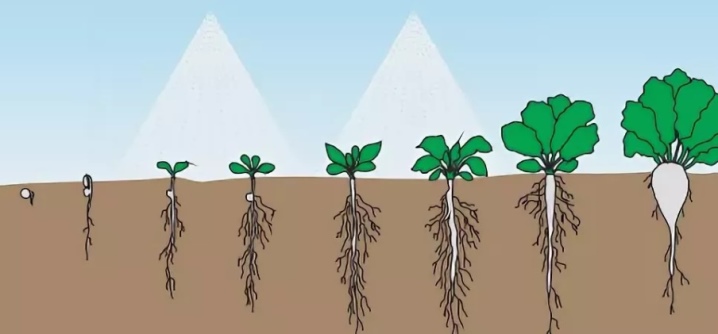
Storage and security measures
A gardener or gardener who has planned to work with potassium chloride should know that this the composition is recognized as moderately dangerous... It is not capable of harming the integrity of the human skin, but it can impede wound healing, causes irritation and promotes inflammatory processes.
Working with potassium chloride is required with care and attention. Protective clothing is recommended for all procedures. If the user has open wounds or injuries on the skin, it is better to cover them well so that the fertilizer does not accidentally fall on them.
When combined with air, the substance will not create toxic compounds that can cause serious harm to the body. It is not flammable or explosive, does not provoke the activation of corrosive processes.
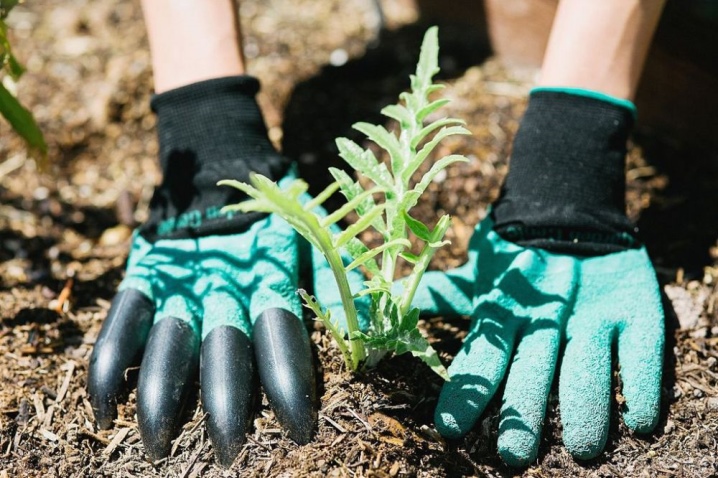
Potassium chloride is recognized as a material characterized by high levels of hygroscopicity. For this reason, a similar dressing must be stored exclusively in a closed room, where the lowest possible humidity level should be maintained. In no case should it be allowed to get into the potash composition of precipitation or flooding by groundwater. If you plan to store the top dressing outdoors, then placing it is an excellent solution. in a well-sealed container or in plastic bags without any damage or defects. The area where the stored product is located must be covered and well insulated.

Helpful hints and tips
If you are planning on using a potassium chloride fertilizer, you should prepare well and arm yourself with some helpful tips and tricks.
- Top dressing is required to be applied to the soil in small portions and more often... It is better to do this than to add a large amount of the drug right away.
- So that the effect of chlorine on plants is not so aggressive, experts recommend apply top dressing in the fall. In this case, until the beginning of the growing season, nothing will remain of it. Potassium, due to its prolonged action, will be preserved.
- Please note that potassium chloride is not the best solution for emergency feeding. Such a solution is resorted to only in exceptional situations, when the leaf plates are strongly deformed, and gray specks appear in the intervals between the veins. We must act carefully - there is a great risk of overfeeding crops.
- Before you start using the considered fertilizer, you must study the instructions for its use. Usually it is printed on the branded packaging with the drug. Do not neglect this step if you do not want to harm the plants in your garden.
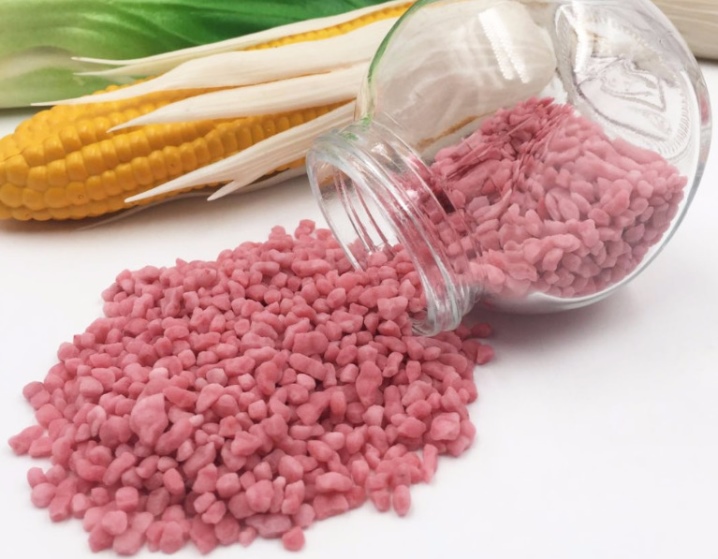
The pros and cons of potassium chloride are discussed in the next video.













The comment was sent successfully.